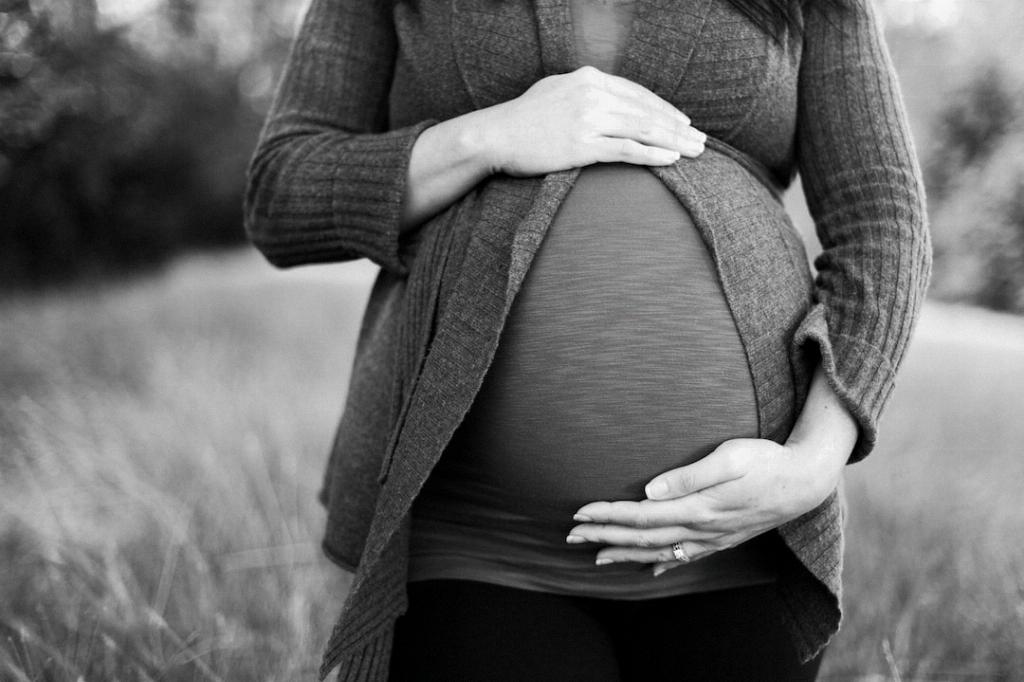As you enter the third trimester of pregnancy, you may start noticing changes in your body that can affect various aspects of your daily life, including urination. It’s not uncommon for pregnant individuals to experience alterations in their urination patterns during this stage of pregnancy. If you’ve been wondering why you’re not urinating as much in your third trimester, there are several factors at play that could be contributing to this change.
Impact of Weak Bladder Muscles
One of the primary reasons for reduced urination in the third trimester is related to weakened bladder muscles. According to the National Institute of Diabetes and Digestive and Kidney Diseases (NIDDK), pregnancy can weaken the muscles of the bladder, making it harder to fully empty the bladder when urinating. This condition, known as underactive bladder, can lead to urinary stasis, where urine remains in the bladder for extended periods, resulting in less frequent urination.
Increased Pressure on the Bladder
Another factor contributing to decreased urination in the third trimester is the increasing pressure exerted on the bladder by the growing uterus. As your baby continues to develop and grow, the expanding uterus puts additional pressure on your bladder, reducing its capacity and making it more challenging to hold larger volumes of urine. This pressure can also interfere with the normal flow of urine, leading to incomplete emptying of the bladder.
Changes in Hormone Levels
Hormonal shifts that occur during pregnancy can also impact urinary patterns in the third trimester. The increase in hormones like progesterone and relaxin can affect the muscles of the urinary tract, including those in the bladder and urethra. These changes can result in decreased bladder tone and coordination, making it more difficult to fully empty the bladder and causing a decrease in urine production.
Compression of the Urethra
As the uterus grows larger in the third trimester, it can exert pressure on the urethra, the tube through which urine passes from the bladder out of the body. This compression can impede the flow of urine and contribute to difficulty in urination. The reduced diameter of the urethra due to external pressure can lead to a slower and less efficient release of urine, resulting in lower volumes of urine expelled during each trip to the bathroom.
Impact of Enlarged Blood Volume
During pregnancy, your body undergoes significant changes to accommodate the needs of your growing baby. One such change is the increase in blood volume, which can lead to greater fluid retention in the body. This additional fluid can dilute the concentration of waste products in the urine, making it appear lighter in color and reducing the frequency of urination. The body may also reabsorb more water from the bladder, further decreasing the volume of urine produced.
Effects of Preeclampsia
In some cases, a decrease in urination during the third trimester could be a sign of a more serious condition known as preeclampsia. This pregnancy complication is characterized by high blood pressure and signs of damage to other organ systems. Reduced urine output, along with other symptoms like swelling, sudden weight gain, and visual disturbances, may indicate the presence of preeclampsia and require immediate medical evaluation.
Importance of Hydration
While changes in urination are common during pregnancy, it’s crucial to stay hydrated to support the overall health of you and your baby. Dehydration can exacerbate urinary issues and increase the risk of complications. Aim to drink plenty of water throughout the day and limit the intake of caffeinated beverages, which can act as diuretics and potentially worsen bladder problems. If you have concerns about your urination patterns, consult with your healthcare provider for personalized guidance.

